Millions of travelers head to Budapest each year ready to be amazed by its stunning skylines, brilliant architecture and the rich flavors of cuisine of Hungary.
Strolling around the narrow streets of the Buda district, taking in superb views of the Parliament and going on scenic walks along the Chain Bridge tend to be at the top of most visitors’ itineraries.
But some of the the capital’s most interesting sights are places you’ve probably never heard of.
While they may not be as grandiose as the city’s well-known attractions, these concealed spots unveil its true character.
Here are nine quirky, charming and unusual lesser-known sights around Budapest when you’re ready to play:
Aquincum
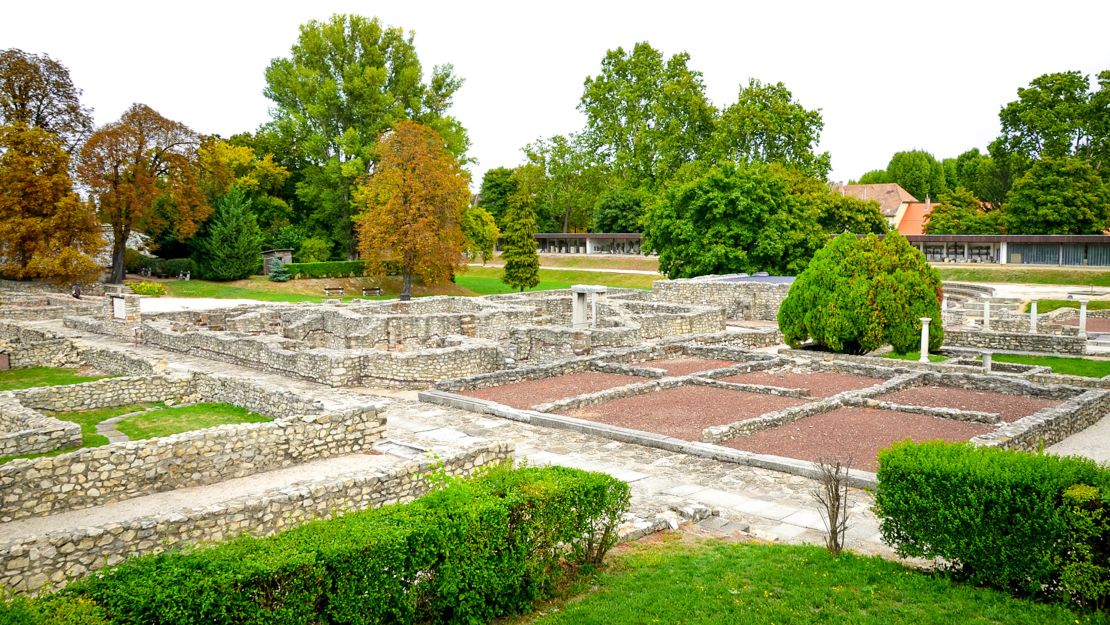
Long before Budapest became the capital of Hungary, it was a Roman settlement in the Pannonia province of the Roman Empire.
The ancient city was called Aquincum and had more than 30,000 inhabitants by the end of the 2nd century.
With amphitheaters, public baths, palaces and an elaborate heating system, Aquincum was quite developed for its time.
Today you can find the remains of the former Roman glory in various locations around Budapest with the highest concentration of sights centered in the Óbuda district.
The way the remains are dispersed can be quite bizarre at times.
For example, the ruins of Thermae Maiores public baths are located under the busy transit station surrounded by the grim Socialist blocks.
There are the pieces of the ancient aqueducts and city walls standing next to the lively roads.
The best place to discover more about Aquincum would be its eponymous museum, which boasts a large area of ruins as well as many artifacts from the ancient times.
Aquincum Museum and Archaeological Park, Szentendrei u. 135, 1031 Budapest, Hungary; +361 430 1081
Pinball Museum
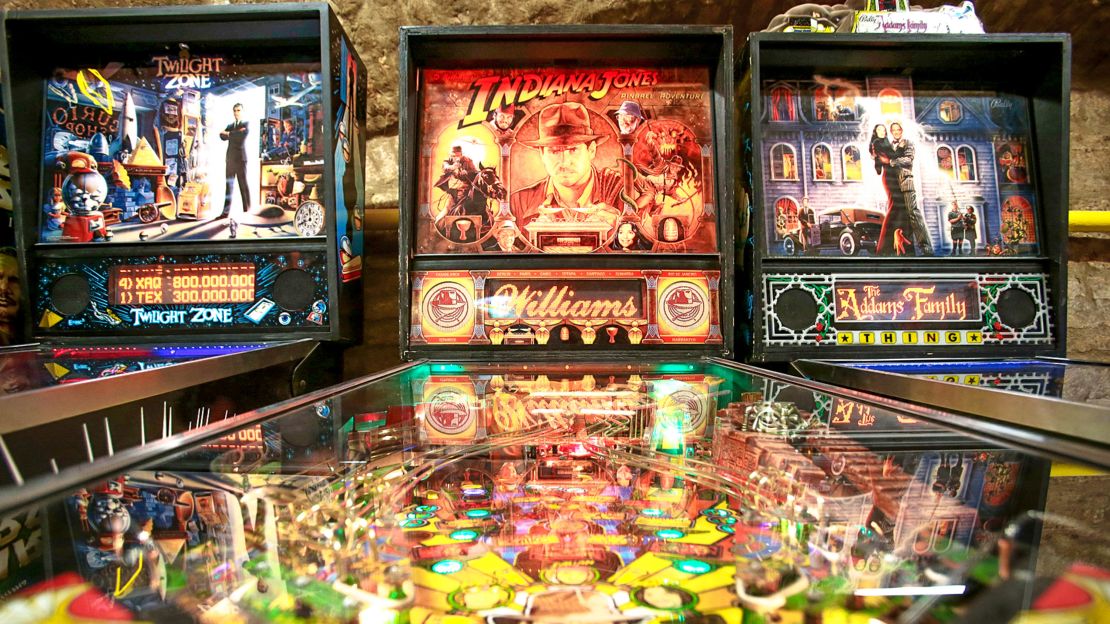
If there’s a heaven for arcade game enthusiasts, it’s located here in the basement of one of the tenement houses of Újlipótváros district of Budapest.
With an impressive collection of more than a 100 pinball machines and 30 vintage arcade games, Pinball Museum is a hidden gem of Budapest and a quirky pop culture institution.
First of all, it’s irresistibly fun as you can actually use all the machines at the exhibition.
Secondly, it’s a unique nostalgia-filled walk through the history of arcade games which basically is a history of pop culture itself.
The museum’s collection spans over two centuries boasting original machines from as early as 19th century up until modern times.
The center piece of the museum is a collection of the machines from the ’80s which are considered to be the “golden age” of pinball.
Pinball Museum, Radnóti Miklós u. 18, 1137 Budapest, Hungary; +36 30 900 6091
The Art Nouveau masterpieces of Ödön Lechner
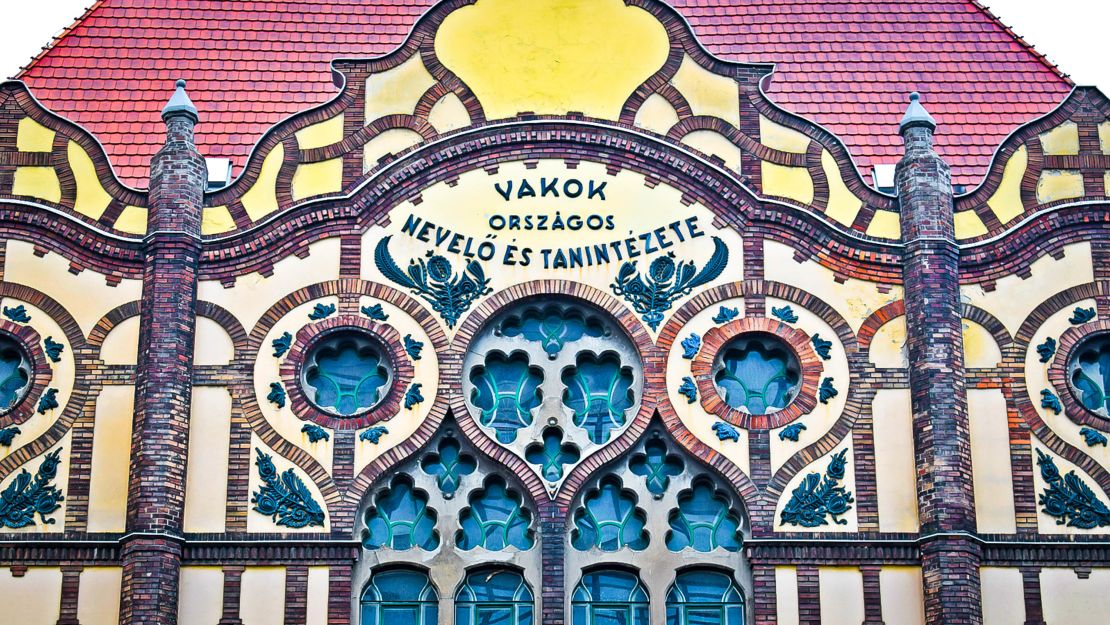
Budapest is one of the best cities in the world to admire Art Nouveau architecture.
The style, which was known as Szecesszió in Hungary (after the Austrian Secession movement), inspired numerous of the beautiful buildings that dot the cityscape.
The most significant personality in Hungarian architecture of that period was Ödön Lechner, who’s been dubbed the “Hungarian Gaudí.”
His architectural genius started the Hungarian National Style characterized by vivid colors, uneven lines and unusual forms.
The jewels of Lechner-designed buildings in Budapest include the spectacular ornate Museum of Applied Arts, the blue-colored Hungarian Geological Institute, the superb golden-tiled National Bank of Hungary and the mesmerizing National Institute for the Blind.
You can learn more about the Hungarian Art Nouveau at the House of Hungarian Art Nouveau (Magyar Szecesszió Háza).
House of Hungarian Art Nouveau, Honvéd u. 3, 1054, Budapest, Hungary; +361 269 4622
Római-part
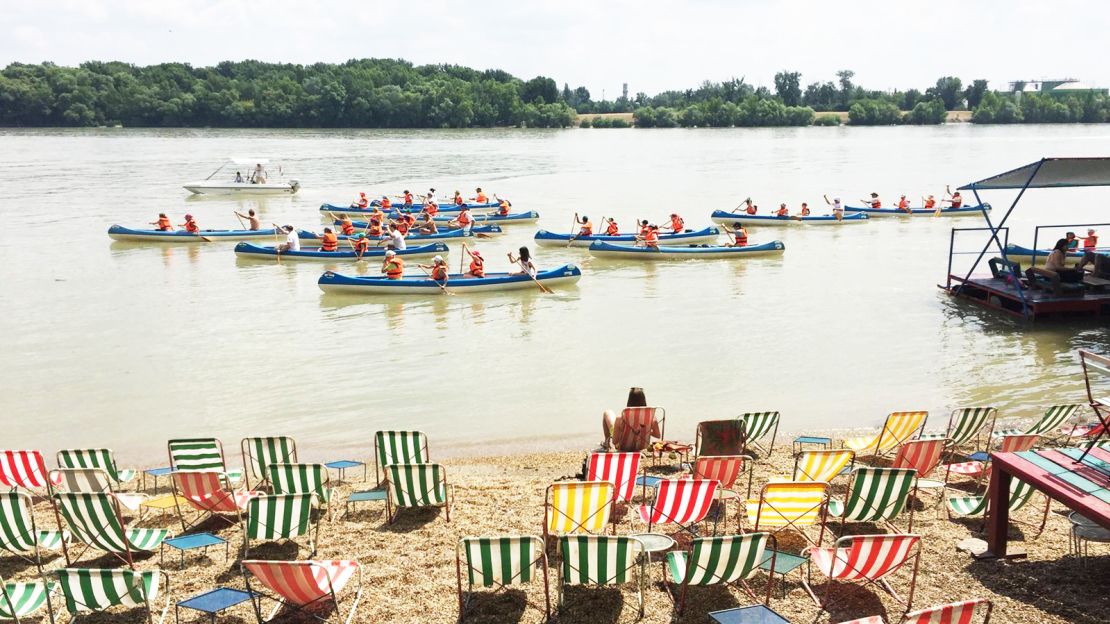
If you’re searching for a perfect outdoor escape in Budapest, look no further than Római-part.
Situated on the northern outskirts of the city and easily accessible by the suburban train, this place is a very hip hidden treasure.
Római-part, which translates as “Roman Riverbank,” was named as such due to its proximity to the former Roman Baths.
This stretch of the Danube bank boasts a wide selection of traditional Hungarian eateries and is also a charming waterside promenade.
It’s a great place for enjoying relaxing Danube panoramas, long river walks and cycling as well as sampling Hungarian food specialities such as lángos (traditional fried dough served with different fillings) and various kinds of fried fish. You can also rent a boat here and sail along the mighty Danube.
Dining spot Fellini Római Kultúrbisztró is one of the best places to take in the chilled atmosphere of Római-part, serving tasty food, great drinks as well as hosting various cultural events.
Fellini Római Kultúrbisztró, Kossuth Lajos üdülőpart 5, 1039, Budapest, Hungary
Feneketlen Lake
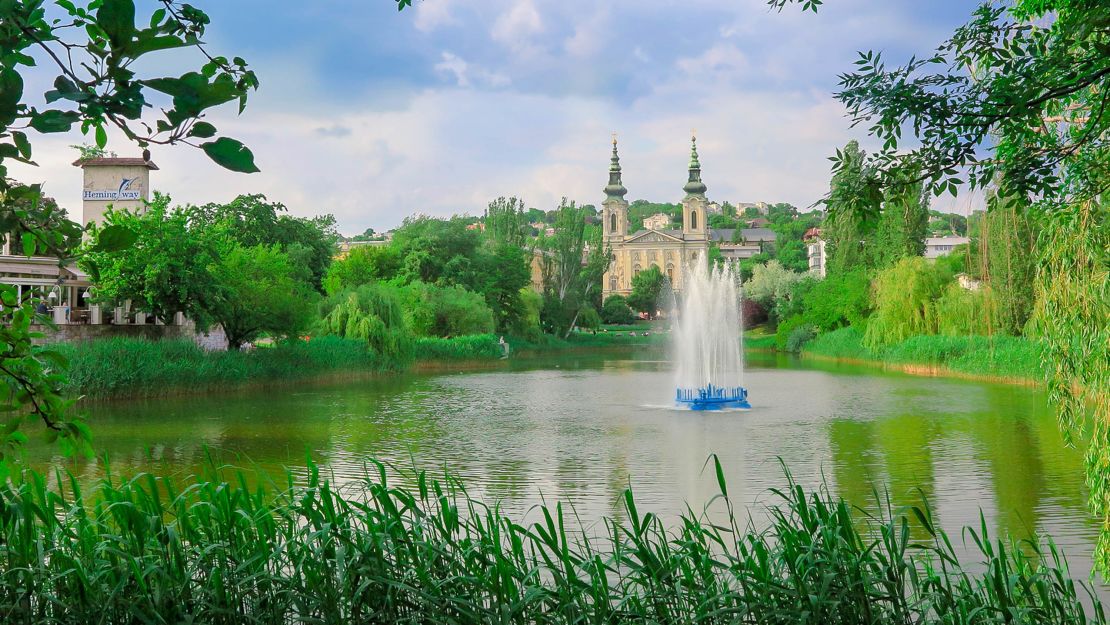
Situated in the heart of the central Buda district, Feneketlen Lake is an unexpected oasis of calm in a bustling megapolis.
Formed in the 19th century to supply water to a brick factory situated nearby, it’s now a popular place for urban fishing.
The lake is surrounded by a scenic park with a tennis court, a running track and outdoor workout facilities.
Feneketlen also offers panoramic views of the beautiful St. Imre Church as well as the opportunity to enjoy a relaxing, natural escape.
Botanical gardens Buda Arboretum, another charming outdoor escape, is located close by. Home to hundreds of different plants, it’s a great place to take a walk, read a book or just take in the area’s natural beauty.
Buda Arboretum, Villányi út 29-43, 1118, Budapest, Hungary; +36 1 305 7270
Miksa Róth Memorial House
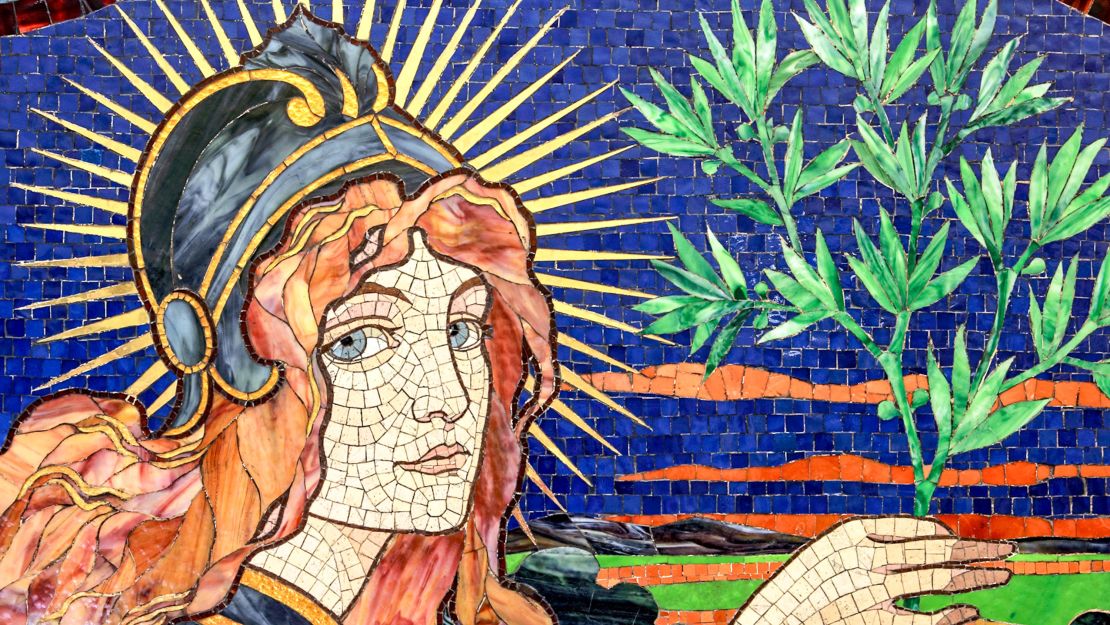
If Ödön Lechner was the mastermind behind the awe-inspiring Art Nouveau buildings around the city, Miksa Róth was responsible for the brilliance of the stained glass, one of the elements that made Budapest’s Szecesszió so strikingly beautiful.
His technicolor masterpieces adorn many iconic buildings in Budapest such as St. Stephen’s Basilica, Parliament and Gresham Palace and can also be found far outside Hungary in the Royal Palace of the Netherlands and Teatro National in Mexico.
You can delve further into the spectacular stained beauty of Roth’s creations in Miksa Róth Memorial House, a museum devoted to his life and work, which is set in his former house.
With an amazing collection of mosaics, glass and furniture, this museum takes you back to the atmosphere of the turn of the 20th century.
Miksa Róth Memorial House, Nefelejcs u. 26, 1078, Budapest, Hungary; +361 341 6789
Király Baths
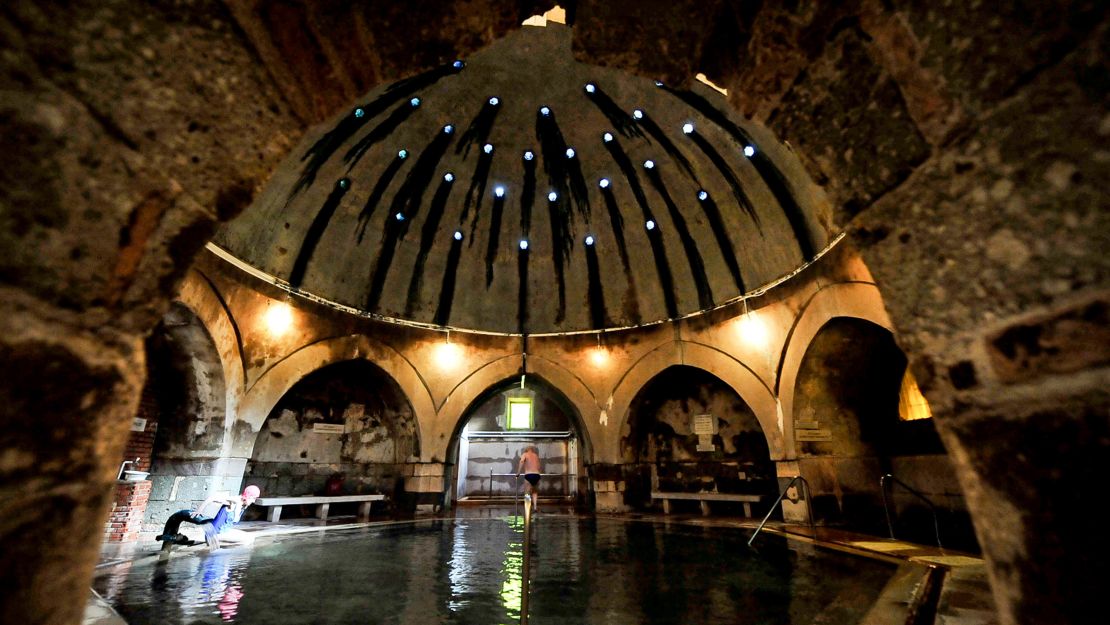
While lacking the opulent glitz of Gellért and the imperialistic grandeur of Széchenyi, Király Baths in Budapest provides a truly authentic Turkish bathing experience.
It’s one of the last remaining original Turkish baths built during the Ottoman occupation of Hungary in the 16th century, with an “ilidza” (an octagonal 16th century-built thermal pool) as its centerpiece.
Dimly lit by the rays that stream out of its ancient glass holes, bathing in Király is a great way to combine spa leisure with exploring historical sights.
Other notable Ottoman-era baths in Budapest include Rudas and Veli Bej.
Király Baths, Fő u. 84, 1027, Budapest, Hungary; +361 202 3688
Buda Hills
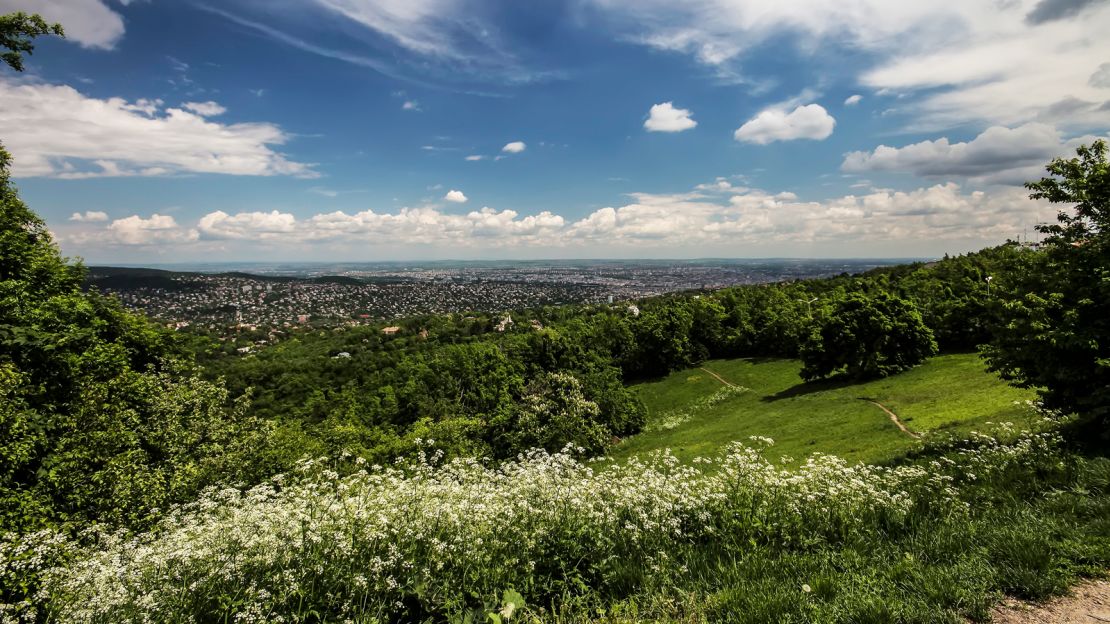
This low mountain range of hills marking the Buda side of Budapest is ideal for those seeking outdoor adventure due to its many hiking trails and wonderful panoramas.
For a hassle-free way of reaching the János-hegy, the highest point of Buda Hills, take the Zugliget Chairlift.
Built in 1970, it’s one of the legendary attractions of Budapest, providing amazing city views as it slowly ascends over the green hills.
On top of the János-hegy, you’ll find the elegant, Erzsébet Lookout Tower, which is set at the highest point of Budapest and offer awe-inspiring vistas of the Hungarian capital and surrounding scenery.
Zugliget Chairlift, Zugligeti út 97, 1121, Budapest, Hungary; +361 394 3764
Kerepesi Cemetery
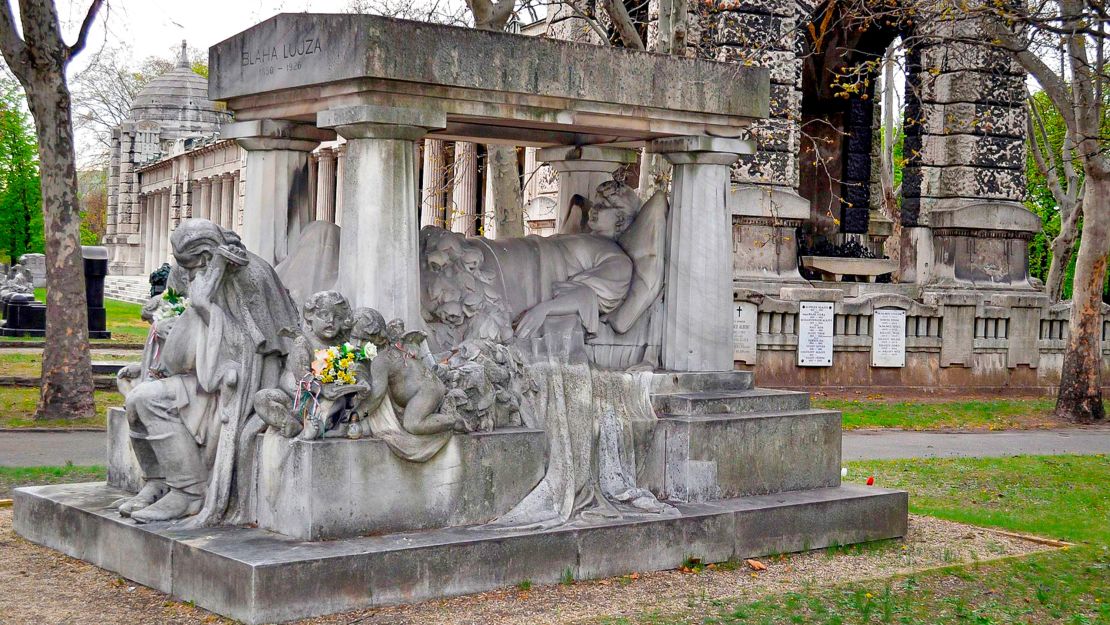
Often compared to Père Lachaise in Paris due to its grandeur and cultural significance, Kerepesi Cemetery is the most famous graveyard in Budapest.
Spanning 56 hectares, this necropolis was founded in 1847 and is the final resting place of many significant Hungarians.
Be sure to check out the grandiose mausoleums of Hungary’s first Prime Minister Count Lajos Batthyány, Ferenc Deák – one of the most celebrated politicians in the country and legendary revolutionist Lajos Kossuth.
While there are countless beautiful statues and tombs on display, the most picturesque part of Kerepesi is a passage adorned with Arcades that are built in the style of Northern Italian cemeteries.
Kerepesi Cemetery, Fiumei út 16, 1086, Budapest, Hungary
Pavlo Fedykovych is a creator of svitforyou.com, a travel blog about Central Europe and Ukraine. He’s also a freelance contributing writer for Lonely Planet. He tweets at @de_weg_













